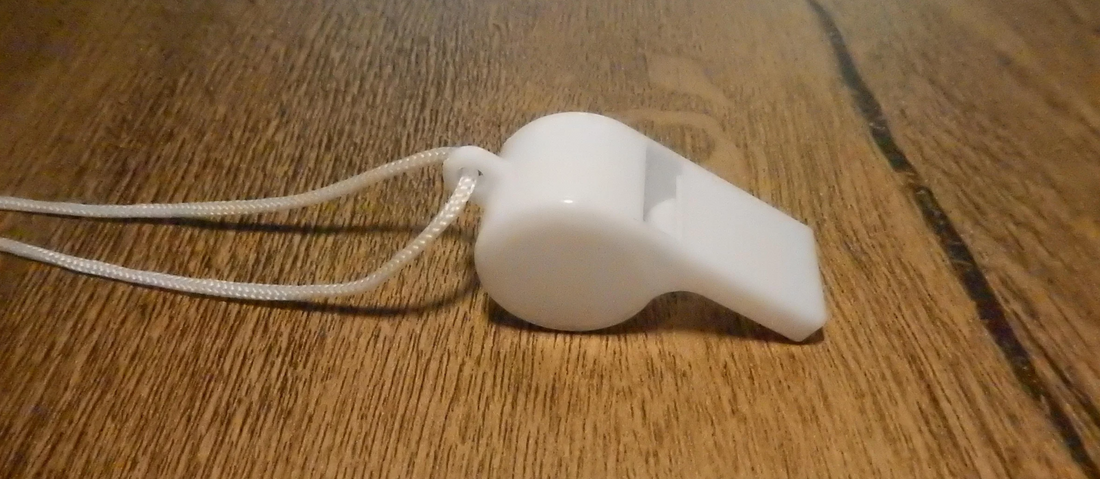
The Referee’s Rulebook: Common Misunderstandings and How to Avoid Them
Share
In pickleball, the line between victory and defeat can often be drawn not by skill but by a sound understanding of the rules. Whether you’re playing recreationally or under the watchful eyes of tournament officials, a solid grasp of regulations not only ensures fair play but also sharpens your strategic edge.
Unfortunately, many players unknowingly carry misconceptions onto the court. From foot faults to scoring protocols, even seasoned athletes occasionally fall prey to misunderstood rulings. This article serves as a professional deep dive into the most common rulebook misinterpretations — and how to avoid letting them derail your game.
Faulty Footwork: The Kitchen Conundrum
Let’s start with the infamous Non-Volley Zone (NVZ), commonly known as “the kitchen.” One of the most misinterpreted areas on the court, the NVZ requires not only a physical but also a temporal awareness of your body position.
Common misunderstanding:
Players often believe it’s only illegal to hit a volley while standing in the kitchen. However, the rules extend to momentum — if your forward motion carries you into the NVZ after a volley, it’s a fault even if your feet land afterward.
How to avoid it:
- Practice halting momentum before the line
- Emphasize balance during net play
- Understand that the line is part of the NVZ — stepping on it during a volley counts as a fault
When in doubt, reset behind the line and re-approach with stability.
Serve Shenanigans: Legal Delivery Defined
Serving in pickleball has evolved, and many players still operate under outdated assumptions or improvisations that invite penalties.
Common misunderstanding:
Believing that as long as the paddle contacts the ball underhand, the serve is legal. In truth, the paddle must contact the ball below the server’s waist, and the motion must be in an upward arc. The wrist must be above the paddle head at the point of contact.
How to avoid it:
- Use a consistent, upward-serving motion that avoids sidearm swings
- Watch slow-motion videos of your own serve to confirm legality
- Review the most recent USA Pickleball guidelines, especially updates on drop serves and spin rules
A technically correct serve doesn’t just pass inspection — it sets the tone for the point.
Scoring Slip-Ups: Calling It Correctly
Whether it’s rally scoring or traditional side-out format, scoring confusion is a regular occurrence in social and tournament play alike.
Common misunderstanding:
In doubles, many players mix up which team member serves next or forget to call out the full score (including server number), which leads to stoppage and potential loss of point.
How to avoid it:
- Always verbalize the full score: serving team’s score, receiving team’s score, and server number (1 or 2)
- Clarify court positions before the match and after every side-out
- Keep an internal rhythm: Call the score, then pause a beat before serving to allow for any clarifications
Precision in score calling reflects professionalism and preserves flow.
Double Bounce Rule: Misapplied Timings
The two-bounce rule is often heard but rarely dissected. Misapplications happen frequently during fast-paced exchanges.
Common misunderstanding:
Believing that the ball must bounce twice on each side before volleying is allowed. In fact, the rule simply states that the serve must bounce once on the receiver’s side and once on the server’s side before either team can hit a volley.
How to avoid it:
- As a receiver, resist the urge to rush the return — one clean bounce is required
- As the serving team, expect the bounce before charging the net
- Drill the serve-return-volley sequence to internalize the timing
Obeying this rule helps structure the rally and eliminates premature net rushes.
Line Call Confusion: Trust but Verify
Line calls are a frequent source of friction between teams, and while good sportsmanship is key, knowledge of the actual protocols is just as critical.
Common misunderstanding:
Assuming that both teams share equal authority in making calls. According to official rules, line calls are made by the side receiving the ball — not the opponents. If there's any doubt, the benefit must go to the opponent.
How to avoid it:
- When in doubt, call the ball “in”
- Communicate with your partner before making a definitive call
- Avoid body language or phrasing that suggests uncertainty
Respecting the call system protects both integrity and relationships on the court.
Partner Positioning and Stack Confusion
Strategic formations like stacking are powerful but can confuse players unfamiliar with the positional expectations after a point.
Common misunderstanding:
Thinking players can freely switch positions after a serve or that partner rotation isn’t necessary when scoring. In doubles, player rotation depends on which team scores and which server is active.
How to avoid it:
- Use pre-serve hand or paddle signals to cue switches
- Practice post-point rotation drills to engrain patterns
- Assign one player to track court positions during play if needed
Correct stacking ensures that strategic advantage doesn’t morph into rule violation.
When to Call a Timeout: Timing is Everything
Timeouts can be a lifeline in competitive play, but players often misuse or mistime them.
Common misunderstanding:
Believing you can call a timeout after the score is called or mid-rally. Officially, timeouts must be requested before the score is called — otherwise, the rally must proceed.
How to avoid it:
- Signal the timeout clearly before your opponent begins the serving motion
- Use timeouts tactically to slow momentum, reset mentally or clarify strategy
- Know your timeout allotment (usually two per game in tournaments)
Mastering timeout timing turns pauses into pivots.
Conclusion: Play Smart, Play Clean
The rulebook isn’t just for referees. Every competitive player, coach and enthusiast should view rule fluency as a foundational skill. Understanding the nuances of legal play reduces conflict, sharpens strategy and enhances enjoyment.
Rather than learning through costly errors, educate yourself ahead of time. When in doubt, consult official sources, attend rules clinics or connect with certified referees for clarification.
Because in pickleball, knowing the rules isn’t just part of the game — it is the game. Play confidently, play correctly and let the scoreboard reflect your mastery both of movement and mindset.












